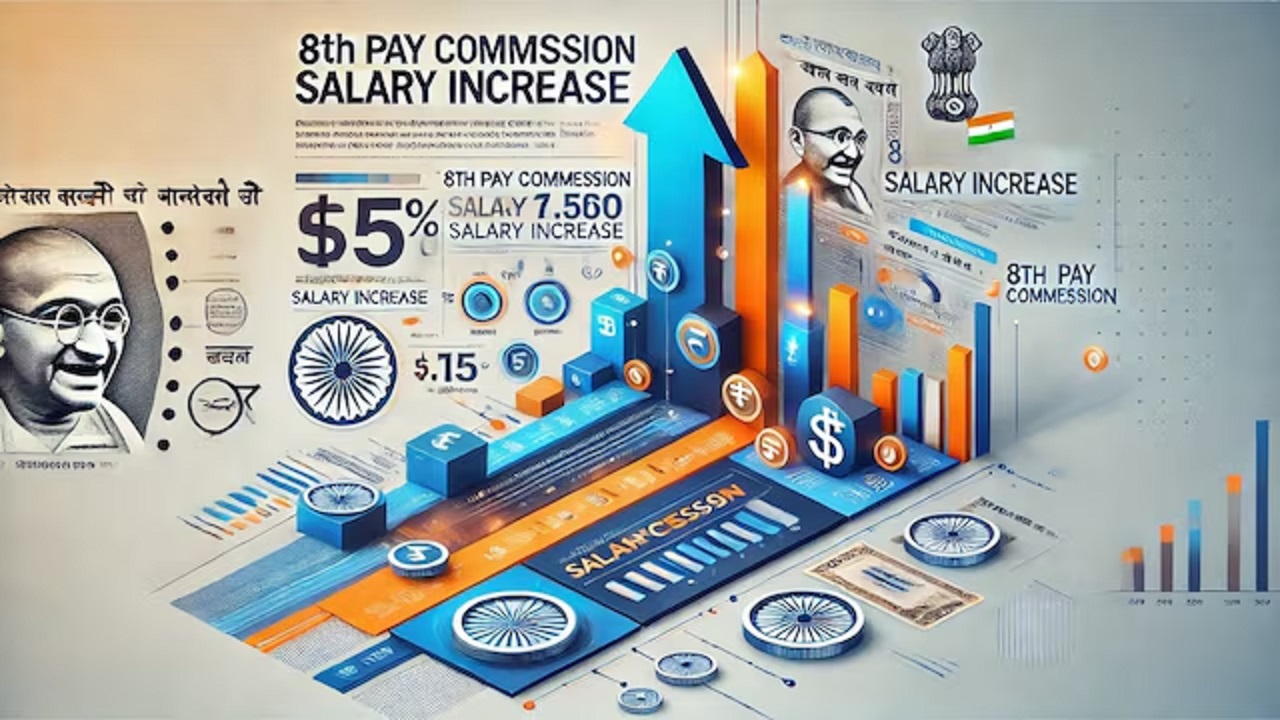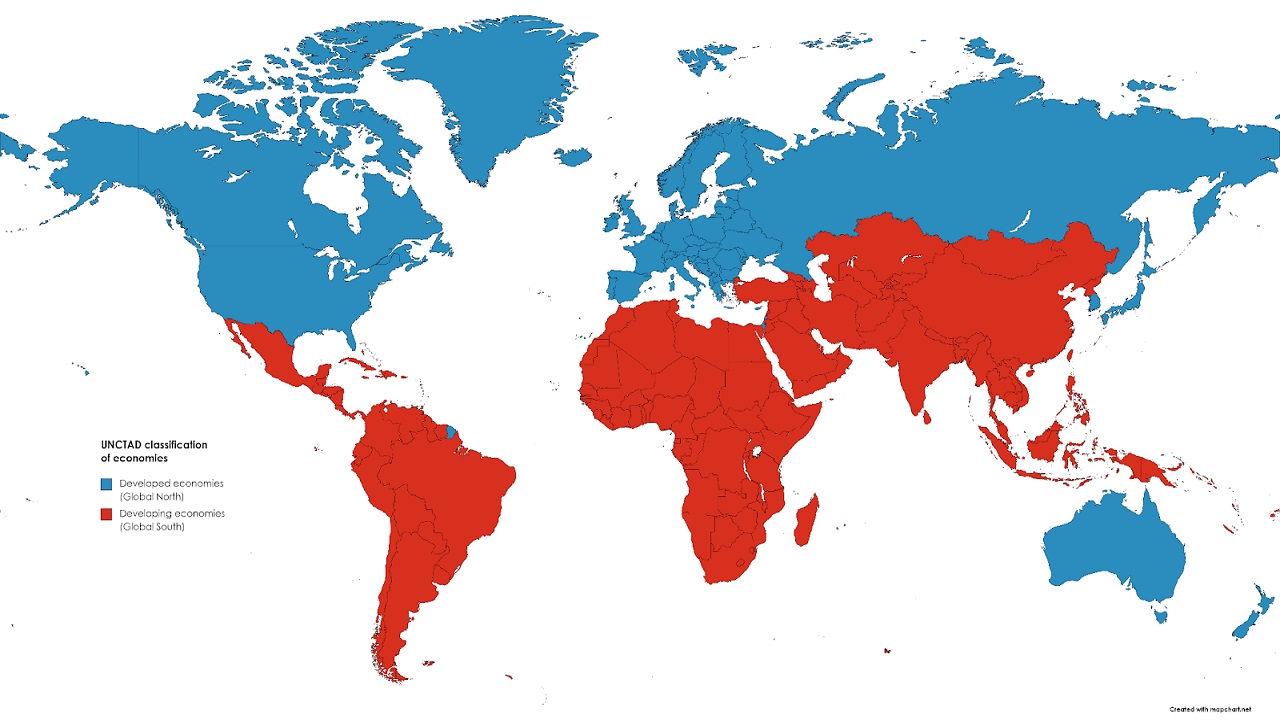Trump’s Tariff Imposition and Global Repercussions
Context
On February 1, 2025, U.S. President Donald Trump signed an executive order imposing heavy tariffs on imports from Mexico, Canada, and China. This decision, framed as a measure to protect American economic and national security interests, has sparked immediate retaliation from affected nations, escalating global trade tensions.
Reasons for the Tariff Imposition:
- Economic Protectionism: Trump aims to protect American industries from foreign competition.
- National Security Concerns: He argues that certain imports pose risks to U.S. security.
- Illegal Immigration: Mexico is accused of failing to control illegal border crossings.
- Fentanyl Crisis: China is blamed for exporting illicit fentanyl, which contributes to the opioid epidemic.
Details of the Tariffs:
- 10% tariff on all Chinese imports.
- 25% tariff on imports from Canada and Mexico.
- 10% tax on energy imports from Canada (including oil and natural gas).
These tariffs have led to strong retaliation from trading partners, further straining diplomatic relations.
Retaliation from Canada, Mexico, and China
Canada’s Response
- Imposed 25% tariffs on $155 billion worth of U.S. goods.
- Targeted alcohol and fruit imports from the U.S.
- Signaled that further trade restrictions could follow if tensions escalate.
Mexico’s Response
- Mexican President Claudia Sheinbaum rejected Trump's claim of ties between the Mexican government and criminal organizations.
- Announced countermeasures and instructed the economy secretary to implement additional policies.
China’s Dilemma: Retaliate or Hold Back?
- China faces a difficult decision—aggressive retaliation could escalate a global trade war, while inaction may be seen as weakness domestically.
- The Chinese economy heavily depends on exports, making any trade disruption a significant challenge.
- China’s Ministry of Commerce has decided to challenge the tariffs at the World Trade Organization (WTO). However, due to the U.S. blocking judge appointments at the WTO, the organization’s ability to intervene is weakened.
- China urged the U.S. to focus on cooperation rather than escalating trade tensions.
Impact of Tariffs on the U.S. and Global Economy
1. Economic Risks and Inflation Concerns
- Tariffs are expected to raise prices on essential goods, including groceries, automobiles, and housing.
- A Yale Budget Lab study estimates that the average U.S. household could lose $1,170 in annual income due to rising costs.
2. Escalation of Protectionist Policies
- Trump has signaled possible additional tariffs on:
- Computer chips
- Steel and oil
- Pharmaceuticals
- European imports
- This could lead to further economic conflicts between the U.S. and major global economies.
3. Impact on U.S. Jobs
- Although Trump claims tariffs protect American jobs, economic experts argue they:
- Have not significantly benefited industries like steel.
- May hurt other sectors due to automation and higher input costs.
- Fail to reduce the U.S. trade deficit as intended.
India’s Position in the Trade Dispute
India’s Exemption from Tariffs
- India is not included in the first round of U.S. trade restrictions, despite past tensions over tariffs.
- India reduced tariffs on U.S. exports (motorcycles, satellite ground installations, synthetic flavoring essences) in the Union Budget 2025-26.
India’s Role in the U.S. Trade Deficit
- India contributes 3.2% to the U.S. trade deficit.
- Top contributors to the U.S. trade deficit:
- China: 30% ($317 billion trade surplus).
- Mexico: 19% ($200 billion trade surplus).
- Canada: 14.5% ($153 billion trade surplus).
Opportunities for India in the U.S. Market
- With Chinese goods becoming more expensive, Indian exporters see a chance to capture market share.
- During Trump’s first term, similar trade disruptions helped India gain advantages.
Sectors at Risk for India
- Although India is not an immediate target, certain high-value exports may come under U.S. trade restrictions:
- Pharmaceuticals (21.9% of India’s consumer goods exports to the U.S.).
- Gems & Jewelry (9.6%).
- Fisheries (shrimps & prawns) (6.6%).
- Other vulnerable sectors: chemicals, textiles, and wood pulp.
India-U.S. Immigration Relations Amid Trump’s Crackdown
India’s Diplomatic Approach
- India is cooperating with the U.S. to accept the return of its citizens who entered illegally, in exchange for maintaining favorable legal immigration policies.
- In 2024, only 1,100 Indians were deported, but under Trump’s new policies, up to 20,000 could face deportation.
Trump’s Immigration Crackdown
- Aims to deport 1 million illegal immigrants annually.
- Requires 2,750 deportations per day.
- Guantanamo Bay is being considered as a detention center for up to 30,000 detainees.
H-1B Visas and Indian Professionals
- India’s major concern is ensuring that skilled professionals and students continue to have opportunities in the U.S..
- 72% of all H-1B visas issued (2022-2023) went to Indian nationals.
- Indian IT companies (Infosys, TCS, HCL, Wipro) received over 20,000 H-1B approvals.
- 351,000 Indian students were enrolled in U.S. universities in 2024.
Balancing Immigration and Diplomatic Relations
- India is urging the U.S. to handle deportations discreetly to prevent domestic backlash.
- The U.S. recognizes that legal Indian immigrants contribute significantly to the economy and is likely to continue supporting legal immigration channels.
Conclusion
Trump’s aggressive trade policies have triggered a high-stakes economic confrontation, leading to inflation risks, trade disruptions, and strained international relations.
- For the U.S., tariffs may increase domestic prices and hurt employment in certain sectors.
- For Canada, Mexico, and China, retaliatory measures could further destabilize trade partnerships.
- For India, the exemption from tariffs presents both opportunities and risks, with certain exports vulnerable to future restrictions.
- On immigration, India is cooperating on deportations while safeguarding the interests of legal professionals and students.
As Trump’s second term unfolds, diplomatic efforts will be crucial in managing trade conflicts and immigration challenges while maintaining stable bilateral relations.


.jpg)

Comments (0)